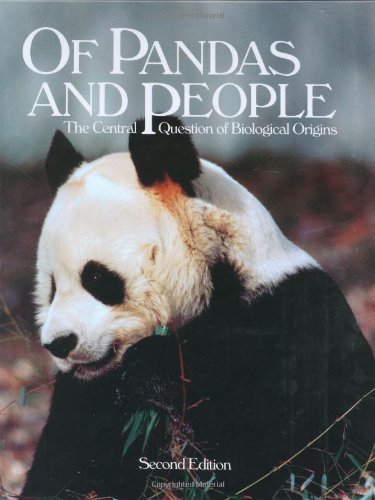
Dean H. Kenyon is Professor Emeritus of Biology at San Francisco State University. He received his Ph.D. in Biophysics from Stanford University. He was a National Science Foundation Postdoctoral Fellow in Chemical Biodynamics at the University of California at Berkeley, a Research Associate at NASA-Ames Research Center, and a Visiting Scholar at Trinity College, Oxford University.
Prof. Kenyon coauthored Biochemical Predestination which is one of the leading monographs on the origin of life, and Of Pandas and People: The Central Question of Biological Origins. He contributed chapters to the Festschrift volumes for origin-of-life researchers A. I. Oparin and Sidney W. Fox, and has published papers on chemical evolution, protocell models, and the RNA-world hypothesis.
Dr. Kenyon's current research interests focus on linguistic, statistical, and visual imaging analysis of coding and non-coding DNA sequences.
Archives

The RNA World
A Critique